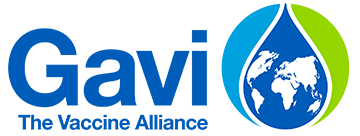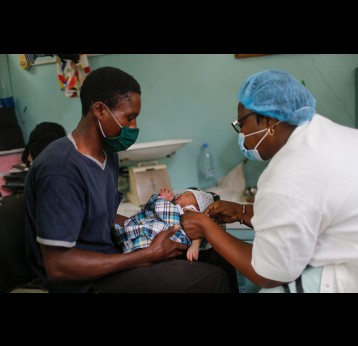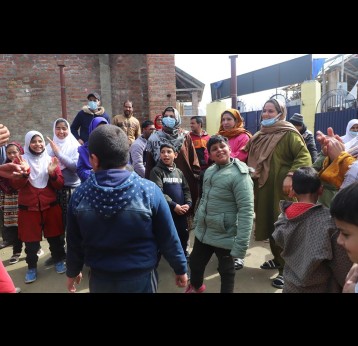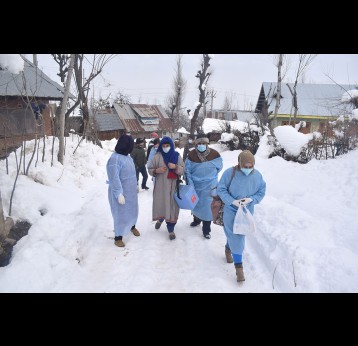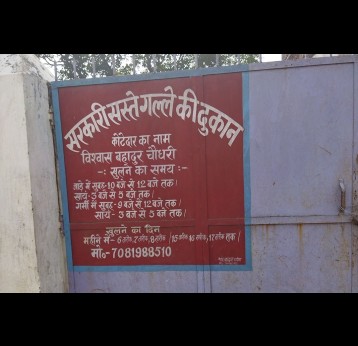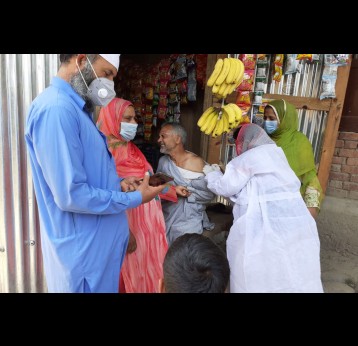Essential website updates between 07:00-07:15am CEST 25 April 2025 may cause disruption.
Country Information
Key immunisation indicators
Data sourcesApprovals are a subset of commitments for which funding availability and programme performance has been assessed as satisfactory. Only such approved amounts can be disbursed subject to all other conditions for disbursement being met by the countries. Approvals are typically granted for the current year and one further year.
Commitments represent endorsements of multi-year programme budgets made by the Gavi Board, Executive Committee or the CEO. These endorsements do not constitute a liability to pay but instead send a positive signal that Gavi intends to fund a programme over its entire life span subject to performance and availability of funds.
Disbursements by 'Programme Year' in the graph shows the payments made from 2020 up to the date of the report. The payments are shown by the programme year to which they relate irrespective of the calendar year in which they were made. The programme year is the year in which the relevant vaccine/cash programme is being implemented.
Annual figures may reflect negative values due to refunds from previous years or allocation of prepayments to reflect actual apportionment by country.
Disclaimer: the boundaries and names shown and the designations used on this map do not imply the expression of any opinion whatsoever on the part of Gavi, the Vaccine Alliance concerning the legal status of any country, territory, city or area or of its authorities, or concerning the delimitation of its frontiers or boundaries. Dotted lines on maps represent approximate border lines for which there may not yet be full agreement.
This Gavi country data is made available under the Creative Commons BY 4.0 license: https://creativecommons.org/licenses/by/4.0/
Latest News
All News
‘The Big Catch-up’ is an extended effort to lift vaccination levels among children to at least pre-pandemic levels and endeavours to exceed those.
Gavi and Government of India establish new partnership to protect millions of children by 2026
Gavi will provide US$ 250 million in funding to reach zero-dose children – those who have not received a single routine vaccine shot – through a renewed strategic partnership with the Government of India
Vaccinating people with disabilities in Kashmir
In Kashmir, a disability welfare organisation is ensuring that people with disabilities are not left behind.
“I didn’t give up”: Kashmir’s vaccinators brave the harsh winter
Snow and freezing conditions are not deterring Kashmir’s health workers from getting vaccines to the people.
The animators of Nilgiri: Authorities turn to NGOs to bridge the trust gap in India
NGOs and local community leaders have helped turn the tide when it comes to vaccinations in the Nilgiri hills.
Transgender and disabled communities leading the fight against the pandemic in Chennai
In the Indian city of Chennai, transgender and disabled communities have led the way in raising awareness of vaccination.
The fair price shops of Uttar Pradesh, India
Uttar Pradesh’s fair price shops are helping improve vaccination rates amongst marginalised sections of the community.
How do you vaccinate the world’s second largest country?
Despite the size of both the country and its population, India has vaccinated over three-quarters of adults against COVID-19. How has it managed it?
“Corona Warriors”: The Asha workers of Uttar Pradesh
Asha Workers are the backbone of rural health infrastructure in India. Since the pandemic began, they have been actively involved in educating and helping people cope with the effects of COVID19.
Data sources
| Name | Source | Date |
|---|---|---|
| Total population | United Nations, World Population Prospects (UN WPP), July 2024 release. | 2024-07-11 |
| Birth cohort (Total number of live births) | United Nations, World Population Prospects (UN WPP), July 2024 release. | 2024-07-11 |
| Surviving infants (# of children surviving to 1 year) | United Nations, World Population Prospects (UN WPP), July 2024 release. | 2024-07-11 |
| Infant mortality rate (deaths < 1 year per 1000 births) | UN Inter-agency Group for Child Mortality Estimation (UN IGME), March 2024 release. | 2024-04-15 |
| Child mortality rate (deaths < 5 years per 1000 births) | UN Inter-agency Group for Child Mortality Estimation (UN IGME), March 2024 release. | 2024-04-15 |
| GNI per capita, Atlas method (current US$) | World Bank national accounts data, and OECD National Accounts data files, July 2024 release. | 2024-07-01 |
| Number of zero-dose children | WHO/UNICEF Estimates of National Immunization Coverage (WUENIC), July 2024 release; figures calculated using number of surviving infants from UN World Population Prospects (UN WPP) | 2024-07-15 |
| % reduction in number of zero-dose children, 2019-2023 | WHO/UNICEF Estimates of National Immunization Coverage (WUENIC), July 2024 release; figures calculated using number of surviving infants from UN World Population Prospects (UN WPP) | 2024-07-15 |
| DTP1/DTP3/MCV1 coverage (%) | WHO/UNICEF Estimates of National Immunization Coverage (WUENIC), July 2024 release. | 2024-07-15 |
| Drop out from DTP1 to DTP3 | WHO/UNICEF Estimates of National Immunization Coverage (WUENIC), July 2024 release | 2024-07-15 |
| Drop out from DTP1 to last routine dose of MCV | WHO/UNICEF Estimates of National Immunization Coverage (WUENIC), July 2024 release. | 2024-07-15 |
| Geographic equity of DTP3 coverage: DTP3 coverage in the 20% of districts with lowest coverage | WHO/UNICEF Joint Reporting Form (JRF), July 2024 release. | 2024-07-05 |
